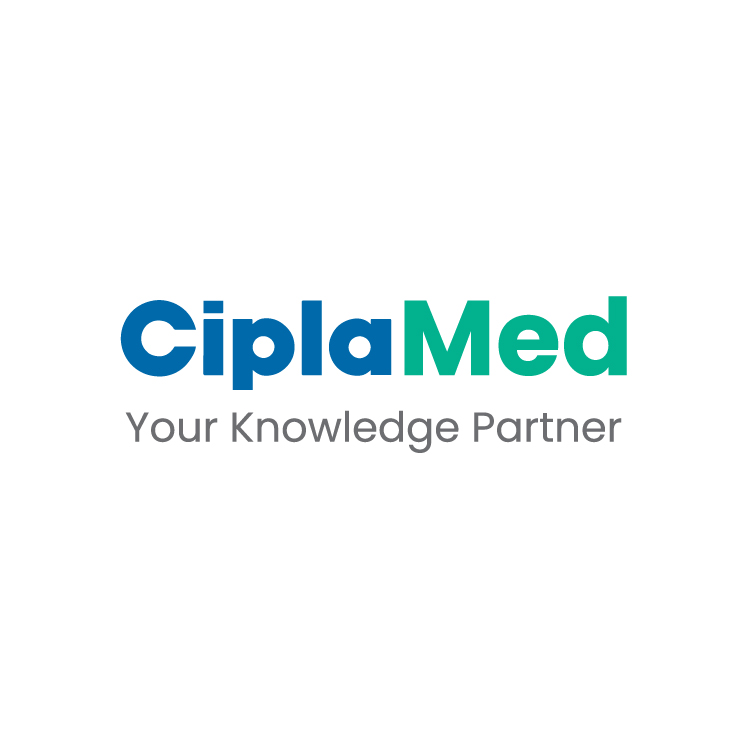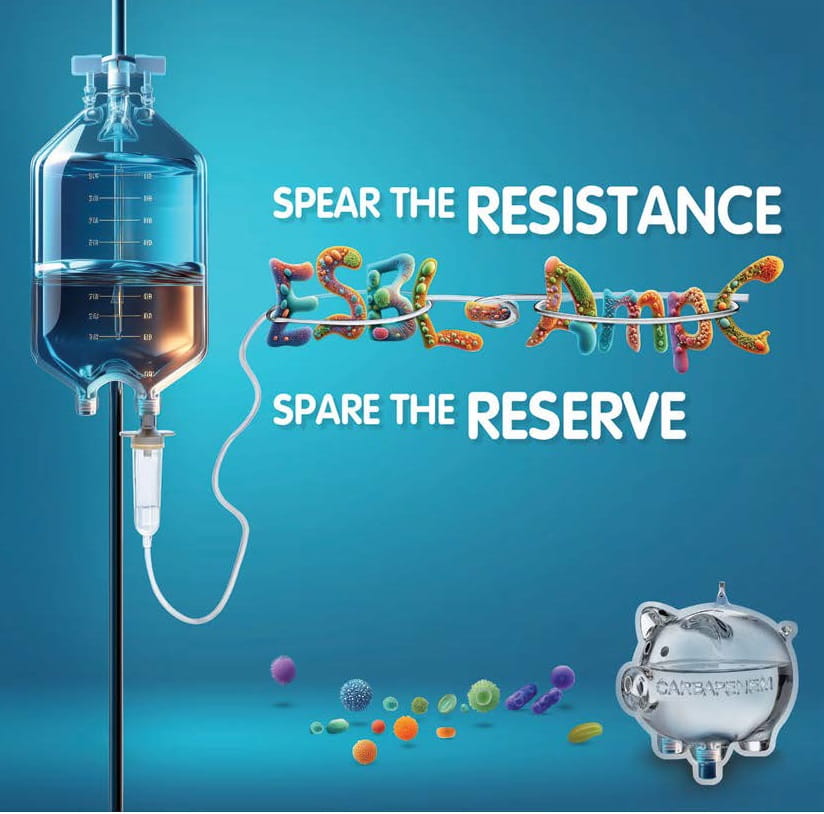This session discussed a case of a 24-day-old infant referred to a tertiary hospital due to poor feeding and fever. The infant had a history of being conceived through IVF, was a twin, and had no previous hospitalization. Upon admission to the local hospital, the infant exhibited tachypnea, grunting, and paleness and underwent various tests and examinations. The chest x-ray showed abnormal findings and antibiotics (Ampicillin & Amikacin) were initiated. The infant's condition deteriorated, requiring intubation and transfer to the NICU. The infant developed reduced mobility of the right leg with edema, tenderness, and hardness. Soft tissue echo Doppler diagnosed soft tissue oedema without joint involvement and ruled out thrombosis. Blood culture results indicated an antibiotic-susceptibility, specifically MRSA. The neonatologist stopped Meropenem & Vancomycin (VCN) regimen and started Linezolid (LNZ) and Gentamicin (GTN), and the infant developed a pneumothorax, necessitating chest tube placement and intubation. Additional tests were conducted, including CT scans and MRI, confirming severe Necrotizing pneumonia and osteomyelitis. The Panton-Valentine Leukocidin Staphylococcus aureus (PVL-SA) infection must be treated appropriately, without delay with the anti-staphylococcal regimen and agents that inhibit the toxin synthesis such as clindamycin (CDN), rifampicin, LNZ, or GTN after the treatment patient showed gradual symptoms improvement with no respiratory and regional complications. Follow-up measures included decolonization of the mother, who tested positive for MRSA nasal carriage. The case emphasizes the importance of considering PVL-SA infections in infants and prompt diagnosis and appropriate treatment.
The use of immunoglobulin therapy was not implemented in this particular case, but it was acknowledged as a potential measure. The choice of combination therapy with GTN was questioned, with some participants suggesting that it may not have been necessary. However, others argued that the inclusion of GTN provided additional coverage against MRSA and had benefits in the context of severe infection. The use of CDN as an alternative antitoxin agent was also mentioned, taking into account local resistance rates. The treatment options for a sick baby with bacteraemia includes VCN or teicoplanin as initial therapies, but the penetration of VCN in the lungs raises concerns. Another option discussed is a combination of VCN and GTN, which may be effective. If refractory disease occurs, adding Ceftaroline could be a logical approach. The concern about the rapid leg swelling raised suspicion of PVL production. Adding CDN upfront is recommended in national guidelines for PVL-SA infection cases. The treatment would be adjusted based on the findings, but the practices may vary in different locations. Hence predicting susceptibility to antimicrobials is suggested for treating unwell neonates and it presents a significant challenge for pediatricians.
The session discussed the off-label use of ceftazidime Avibactam (CAM) in infants with hospital-acquired pneumonia caused by Pandrug resistant (PDR) Klebsiella pneumonia infection. A case of a two-day-old infant with Gastroschisis who was referred to Dr Chip General Hospital in Jakarta, Indonesia. The baby received non-invasive ventilation and empirical antibiotics upon arrival. Surgical interventions were performed to repair the gastro cases, and the baby's condition gradually improved. However, she remained unstable and underwent various treatments; hence the antibiotics were changed to Levofloxacin and Piperacillin Tazobactum. On day 33 infant developed new-onset fever (38.4℃), tachycardia, thrombocytopenia, and significantly increased infection markers and gastrointestinal bleeding. Based on the findings, the diagnosis of septic shock was made, and blood culture results showed Klebsiella pneumoniae (K pneumoniae). The initial treatment included 33-48 Cefepime, Fosfomycin, and metronidazole, but the condition did not improve. Polymyxin B was administered for seven days, leading to clinical improvement, but on day 53, the patient deteriorated again with temperature instability, gastrointestinal bleeding. Septic shock reoccurred, and the patient required intubation and a high-frequency oscillator ventilator. The treatment of antibiotics was again changed to levofloxacin and tigecycline. Echocardiography revealed suspected vegetation in the atriums. On day 58, a baby had persistent fever, and bleeding from the endotracheal tube and orogastric tube, that worsened the condition. Therefore, the patient was administered with Polymyxin B for the second time, resulting in no fever but increased work of breathing and decreased saturation to 85%. Pulmonary hypertension was detected, and milrinone therapy was initiated. In this case, a patient with pan-resistant pneumonia caused by PDR K pneumoniae was treated with CAM. This led to hemodynamic stability and sterile blood culture results after ten days of treatment. The patient was successfully transitioned to a conventional ventilator, extubated, and ultimately discharged from the hospital on day 104. The overall management of the case involved the administration of intravenous CAM at a dose of 50 mg/kg every 8 hours for ten days. The medical team closely monitored for potential side effects such as injection site phlebitis, skin rash, pruritus, vomiting, diarrhoea, constipation, acute renal failure, increased liver function, leukopenia, and thrombocytopenia. It emphasized the importance of vigilant monitoring and prompt treatment in managing the various infections and complications experienced by the baby.
The discussion revolves around the treatment approach for a neonate with a pan-resistant bacterial infection. The experts highlight the challenges of such infections and the need for better data and evidence on using novel antibiotics in children, especially neonates with renal dysfunction. The case involved a baby with multiple risk factors and a prolonged hospital stay. The use of CAM was found to be effective and well-tolerated in neonates with the infection. The experts also emphasize the importance of improving infection control measures and antimicrobial stewardship in their unit. The discussion touches upon the need for new definitions of antimicrobial resistance in neonates, as the impact and treatment approaches differ from those in adults. The importance of dose optimization and the sharing of real-life data among healthcare professionals was highlighted to understand the optimal dosing regimens for neonates better. The experts express the need for further research and knowledge exchange to address the challenges of pan-resistant infections. The issue of monotherapy versus combination therapy is also raised, with the understanding that optimal dosing is crucial in determining the treatment approach.
41st Annual Meeting of the European Society for Paediatric Infectious Diseases (ESPID), 8-12 May, 2023



